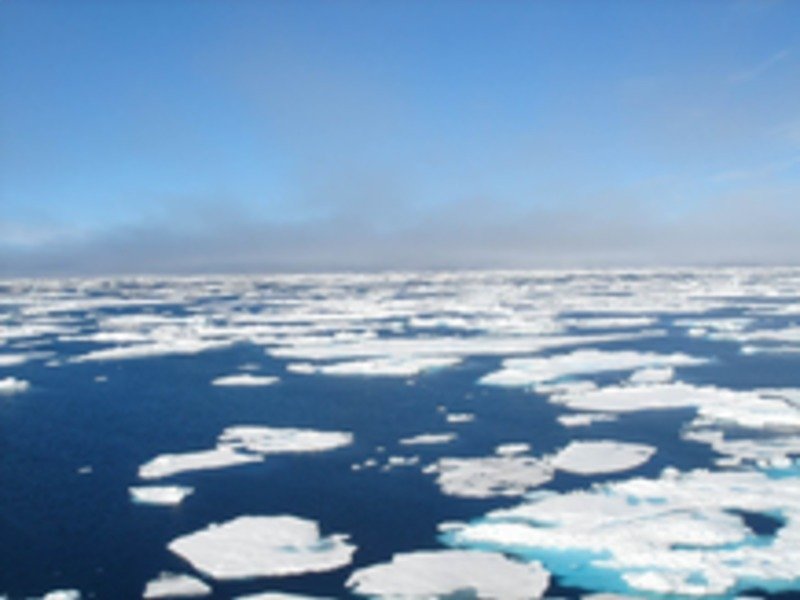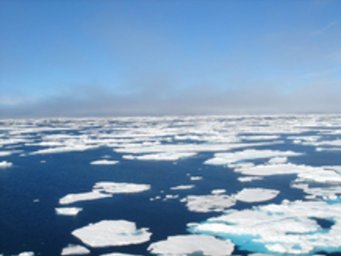Antarctica at the centre of the ice age CO2 mystery
Sediment samples from the seabed support the hypothesis that during periods of low CO2 concentrations in the atmosphere more carbon dioxide was stored in the Southern Ocean
Twenty thousand years ago, humans were still nomadic hunters and gatherers, and low concentrations of CO2 in the atmosphere had allowed the Earth to fall into the grip of an ice age. Despite decades of research, the reasons why the CO2 was so low during the ice age have been vexingly difficult to piece together. An international research team with participation of a scientist from the Max Planck Institute for Chemistry in Mainz has now found new clues on the seabed off Antarctica to solve the mystery.

New research, published this week in Nature, shows that a big part of the answer lies at the bottom of the world. Sediment samples from the seafloor, more than 3 km beneath the surface of the ocean near Antarctica, support a long-standing hypothesis that there was more CO2 dissolved in the deep Southern Ocean at times when the CO2 was low. “The chemical fingerprint left in the sediments is a long-sought smoking gun that there was increased carbon storage when the atmospheric CO2 was lower,” according to Sam Jaccard at the University of Bern, the study’s lead author.
“We now know that extra carbon was trapped in the deep sea by the buildup of dead organic matter from above, as long suspected,” added co-author Bob Anderson of Columbia University’s Lamont-Doherty Earth Observatory. “It’s also clear that the build-up and release of CO2 stored in the deep ocean during the ice age was driven by what was happening in the ocean around Antarctica.”
The new work also shows that these same processes were probably behind a series of natural, ~20 part per million (ppm) wobbles in atmospheric CO2 concentrations. “Our work shows that these natural CO2 wobbles were probably caused by changes in the amount of dust sprinkled over the ocean surface, which fertilizes the growth of phytoplankton, and by changes in the release of carbon from the deep ocean by changing ocean currents,” said study co-author Alfredo Martínez García of the Max Planck Institute for Chemistry.
Whereas the natural wobbles of 20 ppm took thousands of years to occur, atmospheric CO2 concentrations have risen by 20 ppm over just the last nine years due to human emissions. “The current rate of CO2 increase is just so fast compared to the natural variations that it’s hard to compare them,” said Eric Galbraith of the Autonomous University of Barcelona, a study coauthor. “We are entering climate territory for which we don’t have a good geological analog.”
